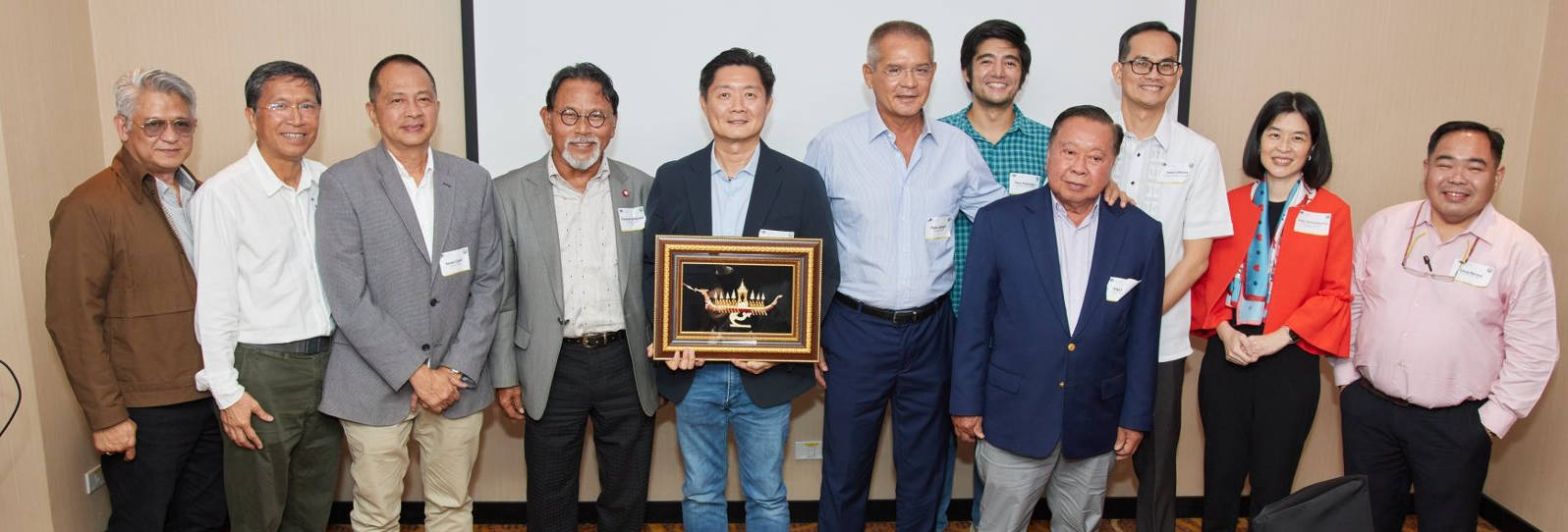February 1, 2016
Sugaronline | http://goo.gl/XNg32p
Consolidating national policy around the development of a strong ethanol industry has been key to pulling the Indian sugar industry out of the doldrums and modernising towards the future, reports Sugaronline.
As a key aspect of the government's energy strategy for the country, ethanol provides an opportunity to grow beyond current production and potentially divert 2 million metric tonnes of sugar towards fuel over the next two to three years.
Moving away from a price discovery model towards a fixed price was a "master stroke" by the government, the Indian Sugar Mills Association's president Tarun Sawhney told the Kingsman Platts Sugar Conference in Dubai.
"We've seen lots of people coming forward to supply," he said, with more than 1.2 billion litres of ethanol offered to Oil Marketing Companies and more expected at the third tender of the season coming up in February where those who haven't offered before are expected to do so.
Before the pricing shift and the new policy that exempts ethanol from INR5 excise tax during 2015/16, OMCs struggled to supply 2.5% ethanol blending from sugar mills but will now secure more than 5%, potentially even 5.8%.
Recovering mills are not looking to invest further in ethanol distillation with a special focus on the use of heavy B molasses as feedstock. Sawhney says that using heavy B will could contribute at least another 5% of ethanol, helping the government to easily achieve its 10% blending goals.
With cane pricing policies constraining the mills, a policy Sawhney hopes will be phased out by the end of the decade, mills can not switch to producing ethanol straight from juice such as in Brazil, but the additional supplies from heavy B molasses will help source fuel to achieve higher blends for E85 and E20.


